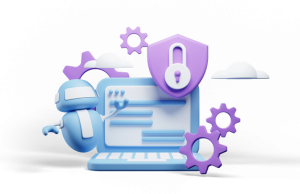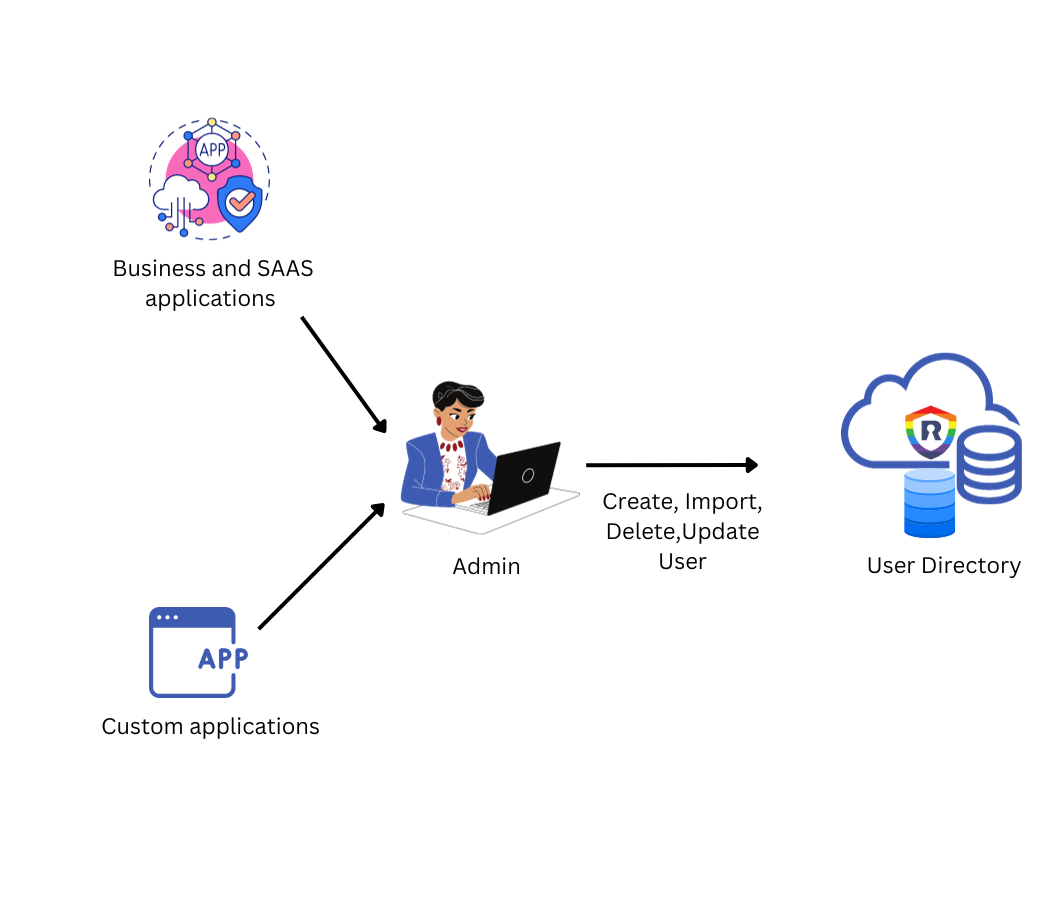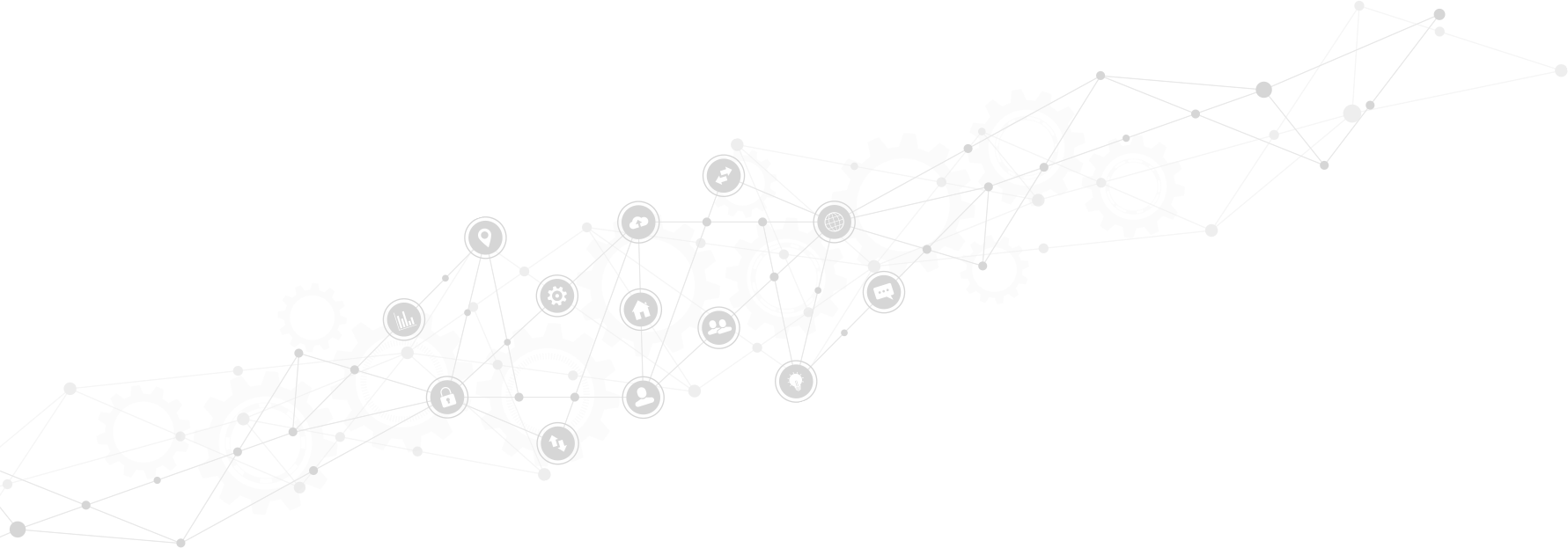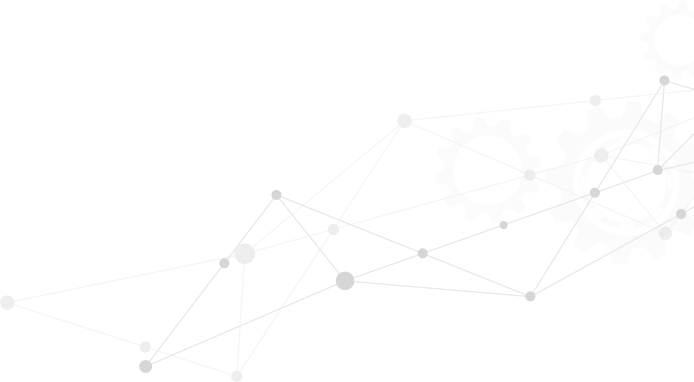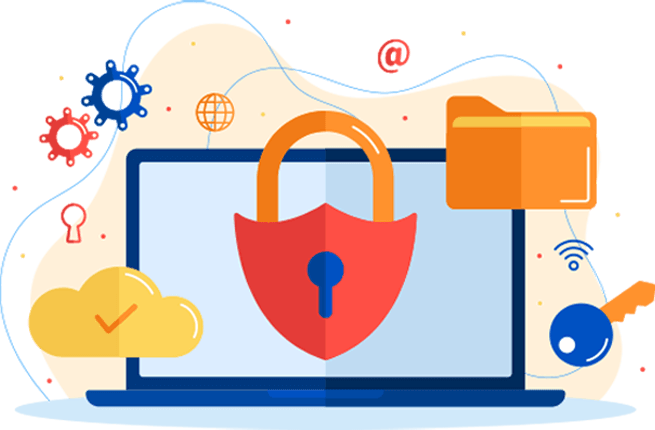Directory Service and Active Directory both play essential roles in Identity and Access Management (IAM), but they have distinct functions:
Directory Service:
- Stores user data, including email addresses, passwords, preferences, and device/network information.
- Typically implemented as software across multiple servers.
- Compatible with various directory types like On-Premise Active Directory (AD), user stores, Identity Stores, and LDAP.
- Offers flexibility in managing user attributes.
Active Directory:
- A Microsoft product primarily focused on identity management.
- Organizes users, computers, and printers.
- Streamlines the management of users and devices by centralizing their information in a single directory.
Enterprises can leverage the strengths of both Directory Service and Active Directory to create a customized identity management solution tailored to their specific needs, taking advantage of the complementary features offered by each.
In contrast, Adaptive MFA enhances MFA security by considering risk and controlled user access, as determined by security administrators. It identifies potentially fraudulent attempts using predefined risk criteria and prompts users to undergo an extra authentication step to verify their identities.

